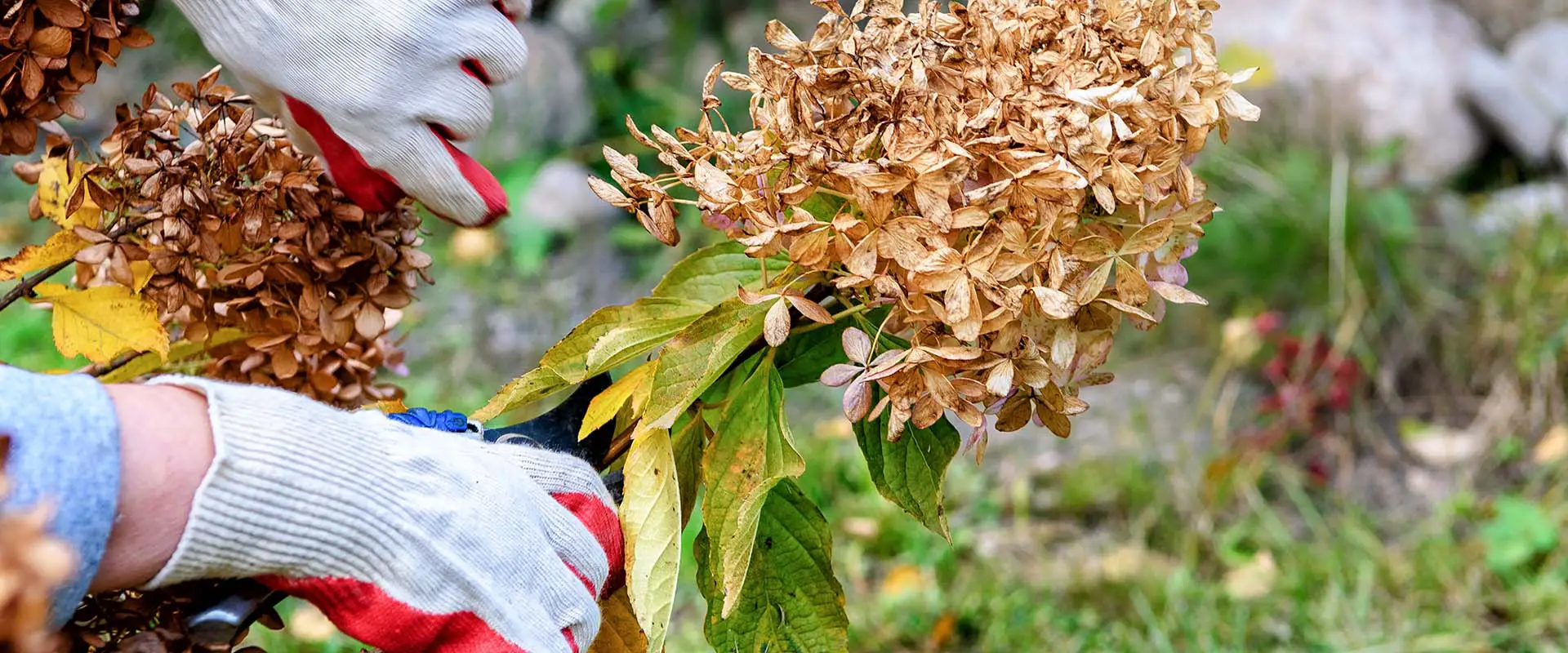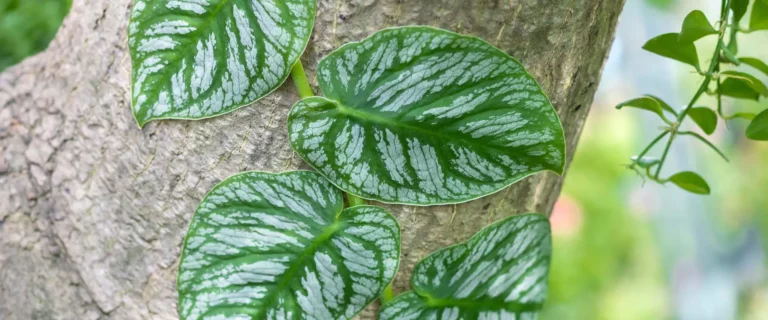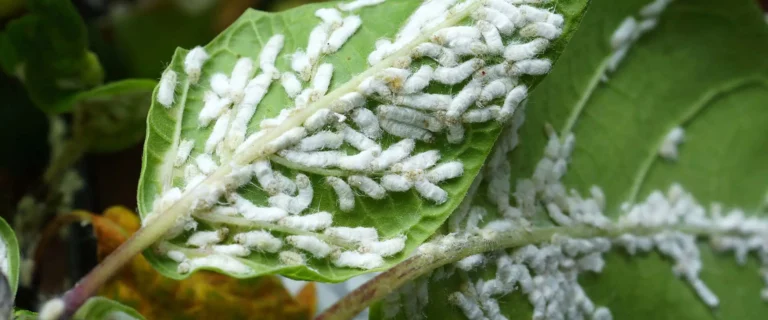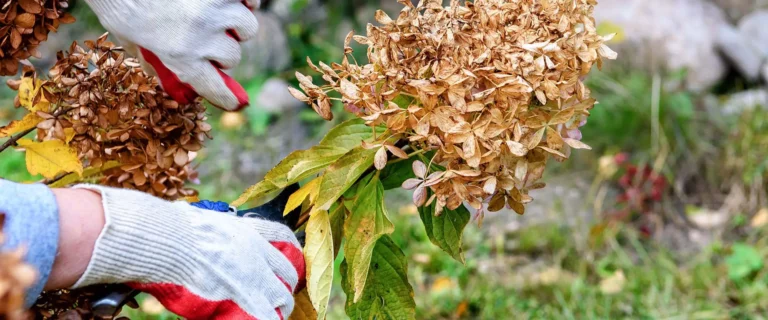Hydrangeas are always a hot topic according to Sean, our horticulture guru here at The Gardener’s Center. Especially when it comes to pruning them.
We now know that the Hydrangea Paniculata (or Pee Gee Hydrangea) is Sean’s favorite summer-blooming shrub, and he loves them because they bloom for such a long time and they’re so easy to care for. It’s his firm belief that you can’t get more bang for your buck from a shrub in the temperate climate of Darien and the surrounding region.
That said… These hydrangeas DO require a little pruning in the later part of the fall.
What about your Mophead Hydrangeas? Put your pruning shears down!
It’s Sean’s observation that people are pruning the big blue and purple mophead hydrangeas that include the Nikko Blue, Endless Summer or Let’s Dance series. Sean says to leave them be! Don’t touch those as we go into the winter! Even if they’re one of the newer reblooming varieties, resist the temptation! The pruning discussion for the mopheads will take place in the late winter or early spring, so stay tuned.
Your Pee Gee Hydrangeas? Grab your pruning shears!
Again, Sean’s observation is that people have a tendency to NOT touch these in the fall, right when they should. Sean says NOW is the time to prune them. Why? Unlike the mopheads, the Paniculatas only flower on new growth. So the more you prune them back, the more growth you’re going to stimulate.
Timing is important.
Cut your Hydrangea Paniculata back in mid to late November in southern Connecticut. You want to wait until there have been a couple of frosty nights, which signals to the plant that it’s not time to grow anymore. It puts them “to bed” for the winter. And because pruning often stimulates growth, if you do it too early in the fall, the plant’s going to try to grow, and then a frost comes around and the new growth is destroyed.
To help you remember the timing, prune your Hydrangea Paniculata around Thanksgiving. For Sean, turkey and Paniculata pruning go hand-in-hand.
How do you properly prune?
When you prune a single stem that had produced a single flower during the season, it forces two new lateral branches to form. So now rather than one stem and one flower, you have two stems and two flowers.
Essentially, the more you cut back, the more new growth you’re forcing, and the more flowers you’re going to get. You’ll have a plant that’s shorter, stockier, and sturdier with more flowers. That’s a win-win-win-win!
Sean’s other piece of advice is to not stress out too much about where you’re cutting; the Hydrangea Paniculata is a very forgiving plant, and he really can’t think of a wrong way or wrong place to cut them.
Actually, he says the only thing you shouldn’t do is give it a “flat-top.” You don’t want to cut it straight across the top because then it might have an odd look next year.
When he cuts the stems, Sean staggers the lengths, some high, some low, taking about a third to a half of the stem off, and cutting about an inch or half-inch above leaf nodes on each stem; that’s where the lateral branches will form next year. A bonus to pruning in the fall is that most of the leaves are gone, making it easier to see what you’re doing.
Final words on the subject…
Could you prune later on in the winter or in the very early spring? The answer is yes, but Sean likes to prune in November to avoid the plant being damaged from heavy snow or ice breaking the stems.
There are so many Paniculata varieties that include Limelight, Little Lime, Quick Fire, Bobo, Firelight… They all should be pruned as Sean described. Just remember turkey time means Hydrangea Paniculata pruning time.
Sean’s last bit of advice: “Trust me! You’re going to love the results!”









